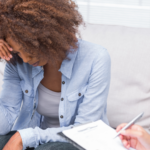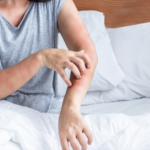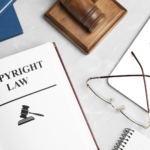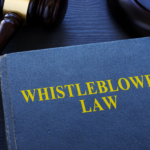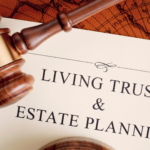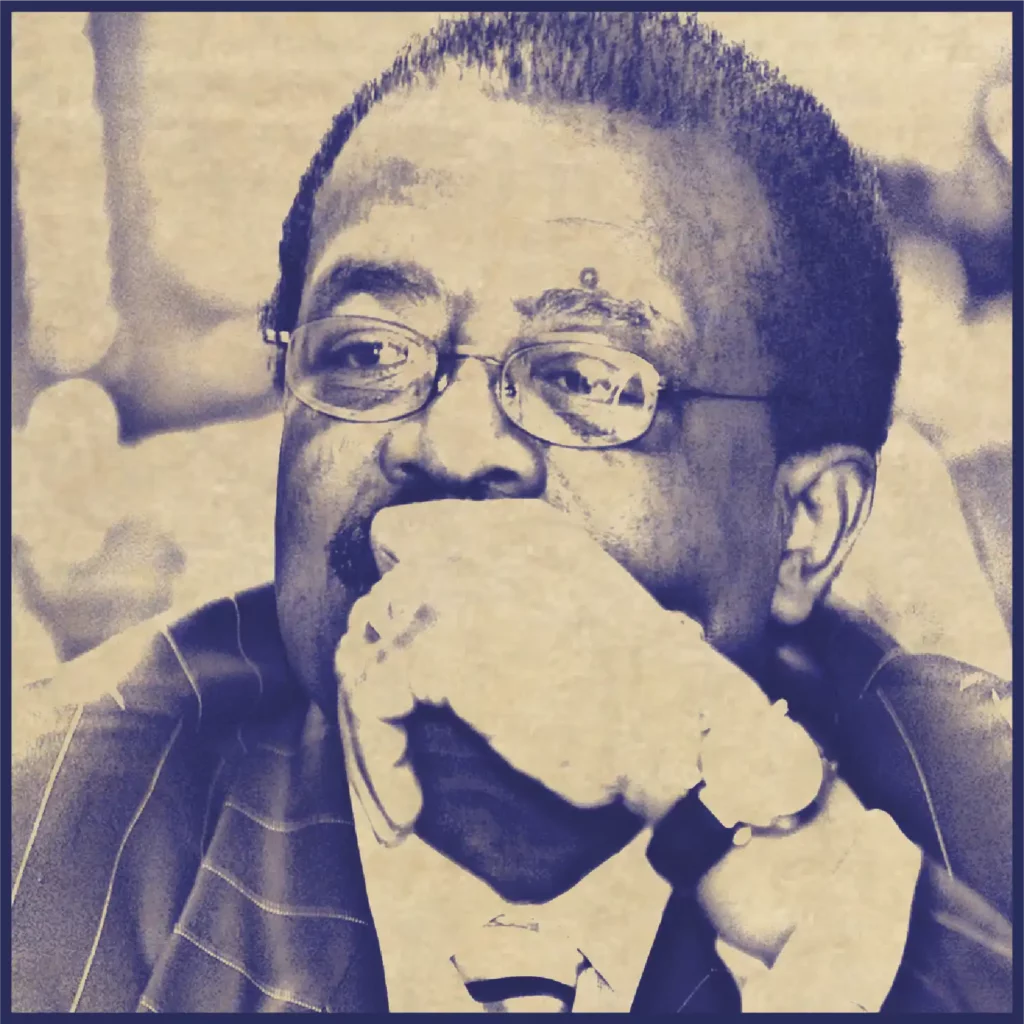Haunted Houses Liability
It’s that time of year again- Spooky Season! Haunted houses attract thousands of people of all ages who love the thrill and excitement of being scared. But it’s all fun and games until someone gets hurt. If you plan on visiting a haunted house this October, be sure to take precautions. Here are common injuries that can happen at haunted houses:
Slip/Trip Falls Slip, trip, and fall injuries are the most common type of personal injury seen in haunted houses. Whether a person falls because of poor lighting, or the haunted house has multiple tripping hazards, these injuries can be tragic. Injuries can range from a sprained ankle to torn ligaments to a traumatic brain injury.
Carbon Monoxide Poisoning Carbon monoxide is a colorless, odorless, and tasteless gas used to help create fog in haunted houses. If the haunted house lacks ventilation, carbon monoxide poisoning can occur.
Sexual Assault Although this is very uncommon, performers who grope or touch vistitors in unwanted and or sexually inappropriate ways may have a case.
Objects Falling Props that are not secured in their place can fall onto visitors and cause severe harm. Even props that have exposed nails or screws can result in cuts, scrapes and puncture wounds.
Assumption of risk means exactly what its name says. You assume any risk. You entered the haunted house to be scared. If you sign a release or waiver of liability before entering a haunted house, you are making an assumption of risk when you sign your name.
Haunted house operators try to protect themselves from lawsuits by requiring visitors to sign a “waiver of liability” upon entering. Signing this waiver means you agree to give up the right to seek compensation from the haunted house owners or operators if you are injured at anytime during your visit.
In order to prove your injury claim, you should:
Stay safe this Halloween, but if you believe you may have a case after being injured at a haunted house, contact us today at 1-800-THE-FIRM for a free, no-obligation consultation.
Contact us today for a Free Consultation
